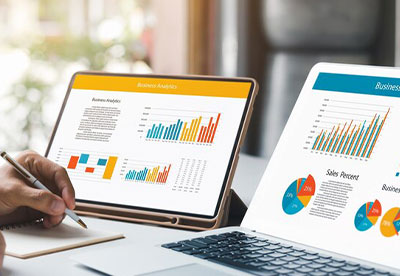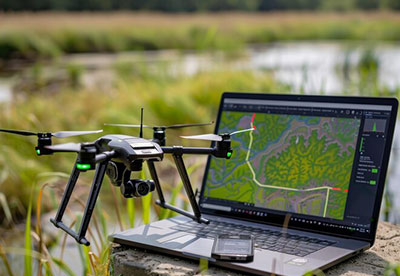How about a world where companies can predict customer demand and optimize inventory accordingly?
For the retail industry, whether you are selling a limited number of products or in bulk, forecasting demand is a must. Additionally, with the growing number of sales, it gets more prominent to forecast for accurate inventory management. How this can be done?
Kudos to the power and efficiency of Machine Learning to forecast demand. As per Statista, the global market for Artificial Intelligence (AI) adoption in retail was valued at 4.84 billion U.S. dollars in 2021 and is forecasted to grow continually, reaching 31.18 billion U.S. dollars by 2028.
No doubt, whether it be any industry, they want to utilize their data and when it comes to the retail sector they deal with humongous data and machine learning makes it possible by adding value to data. For ML, the more data, the better it will be for algorithms to build patterns for better decision-making.
What types of demand machine learning can capture?
Some types of demand that machine learning can capture are listed below-
- External Factors- Factors that are not under control or unforeseen circumstances such as changing weather, public events, and local customer footfalls.
- Trend-based demand- Changes in demand such as fashion, technology, customer tastes, and preferences are unpredictable.
- Promotional Demand- This involves demand generated during specific promotional events such as discounts or any marketing campaign
- Economic Demand- Economic factors include changes in demand patterns due to inflation, employment rates, and so on.
Let’s figure out how retailers can benefit by forecasting demand by leveraging machine learning-
Help in Forecasting Demand With Change in Price
Traditionally, and today also, retailers decide their pricing and promotion strategy based on their assumptions and by analyzing market trends on their own. It’s a hit-and-trail method that doesn’t assure a positive response in terms of generating demand. It can create a problem in analyzing the inventory needs but integrating machine learning helps in accurately forecasting price elasticity, which shows how price changes will directly affect the product demand.
Better Analyzing the Impact of Promotion Strategy
It is significant for retailers to analyze the impact of the promotion strategy adopted and predict it, but doing it manually may lead to inaccurate results. However, machine learning models can identify patterns in how customers interact with the product, such as changes in the purchase frequency providing insights regarding the impact of promotions on customer behavior. Additionally, ML adopts a time series approach that facilitates retailers to analyze the impact of promotions over time such as weekly or seasonal changes in demand.
It helps retailers understand which elements of their promotion strategy contribute most significantly to overall success.
Assists in Maintaining Stock of the Top-selling Products
Machine learning helps in listing the products that are most purchased by customers through its algorithms, that is by analyzing past data, trends, and various factors that affect demand. It thus makes it easy for retailers to stock the right mix of products that will boost sales and overall revenue. It helps minimize the probability of stock-outs, helps in maintaining the customer experience, and further boosts brand loyalty.
Boosts Collaboration
Demand forecasting with machine learning boosts the collaboration among different departments within a retail outlet. Based on informed insights generated, different departments such as marketing, sales, and supply chain can put in a collaborative approach and work together. Additionally, integrating algorithms helps in gaining a competitive edge as retailers can respond promptly to changing market demand and customer preferences.
Final Words
As the retail industry continues to grow and evolve, today retailers are shifting from reactive to proactive approaches for demand forecasting. Rather than reacting to demand, there is a drastic shift to forecast demand, all thanks to AI and machine learning and its power of data analytics. It contrasts with a reactive approach where organizations respond to demand when it gets generated.
At Canopus Infosystems, we ensure to leverage AI and machine learning and help you adopt a proactive demand approach and stay competitive.
3 mins read


















